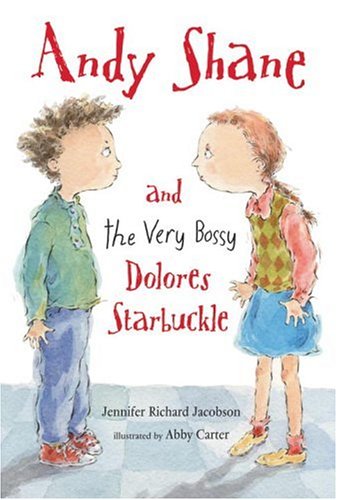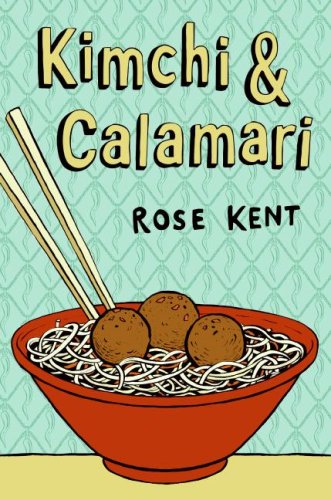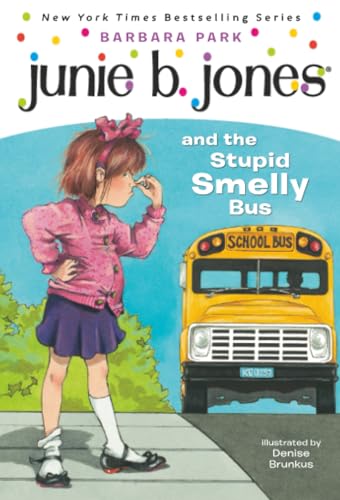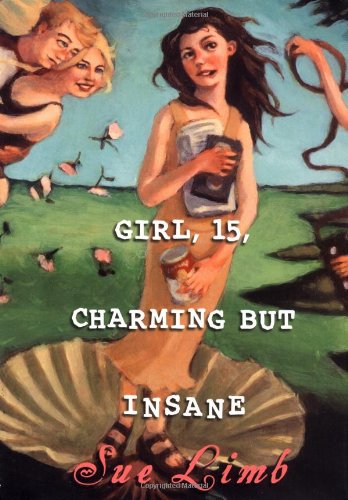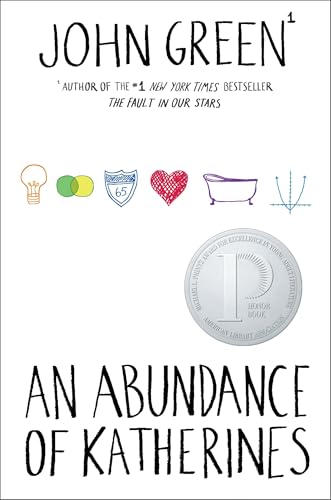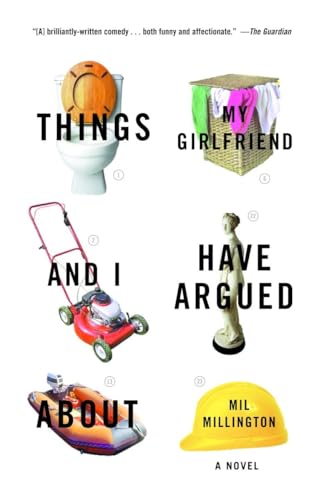Thing Number One:There’s a DC-brand KidLit Drink Night
this Saturday, November 10th. Because we define DC broadly here, it’s actually in Bethesda, Maryland. The
Rí~Rá Pub & Restaurant at 4931 Elm Street features a cheap parking garage across the street (its meters take change) and easy access from the Bethesda Red Line Metro stop. I’ll be there at 6:00 p.m., along with writers Sara Lewis Holmes and Caroline Hickey, and hopefully you! (Rumors that Bono is attending have not been confirmed.)
Thing Number Two:In case you missed it yesterday with my long-winded introduction, I’ll be hosting the November Carnival of Children’s Literature.
Carnivals are simply collections of posts in a specific topic area (in this case Children’s Literature), pulled together by a host for easier reading. Since they can have a theme, I’ve decided to do something a little different, maybe even a bit of a stretch. For this month I want a tip as a reader, writer, illustrator, reviewer, publisher, or editor of children’s literature. I want a lesson learned from a teacher, librarian, author, or parent with regards to kids’ lit. It doesn’t have to be a post that you did in November or October, though you may consider tweaking and re-posting an older entry to use; you can pick a post from any point this year. The deadline for submission is Saturday, November 24th, and I’ll post the Carnival on Wednesday, November 28th. Send your links through my email (see the
Email MotherReader! button) or the
Carnival site — and please indicate, if possible, whether the tip/trick/hint is more for reader, writer, illustrator, reviewer, publisher, editor, teacher, librarian, or parent. (Yes, I know that there is plenty of overlap, but it would save time for me in organizing the posts if the suggested category were included with your link.) Some examples (and indeed previews) include Kelly’s
writer tips, Sara’s
how to write a poem, Robin’s
look at writers and money, and my
booktalking for teens. I’d love to see some editors and publishers give us some ideas for getting a foot in the door. Some librarians share a special program that rocks. Some reviewers tell how to handle the mountain of books. Some authors address school visits or writer’s block. I know that we all have so much knowledge to share with each other, and I wanted to present one great big opportunity to do so.
Thing Number Three:Today, Poetry Friday is hosted by
A Wrung Sponge, and she has an excellent idea for us. She suggests that we take our poetry out into the world. Put a poem by the microwave at work! On the bulletin board in school! In the bathroom stall at Target! Okay, I might have added that last one for giggles. Today I’m taking out a poem from John Grandits’ book,
Technically It’s Not My Fault. It’s a collection of concrete poems, and I’ve used a couple of them in booktalking sessions to the middle school, particularly the title poem, which is on the cover and goes something like this:
I know, I know. You’re really mad. But I can explain. See, I was reading about Galileo, a guy who made all these great discoveries and did cool experiments. and the book said that he dropped a heavy object and a light object out of a window to show they’d land at the same time because gravity is constant. But I thought, No way! Heavy things fall fast and light things fall slow. We know this from Saturday morning cartoons, right? So I decided to do the experiments myself. I found a concrete block in the garage and I got a tomato from the fridge, and I took them up to the attic and opened the window and rested them on the sill. And it really, really looked like there was going to be plenty of room for them to fall between the house and the car. I mean, like, who knew?
(If you want to read the rest, click over to the Amazon listing and click on the Browse Sample Pages: Front Cover. I’ll tell you, read fast, this poem kills at booktalks.) Today, I’ll be putting a copy of “The Little House” by the water fountain at work (kids love water fountains). It has a drawing of a house, and the first part has the words all piled up on top of each other in a way that I can’t replicate here, but they say:
Building a poem is like building a little house. You start with some bricks — a pile of words. They’re all mixed up. There is no order. They keep tumbling all over each other.
Those words are in a pile like the bricks they mention, but then the other words of the poem are inside the house and the ideas are of building, taking your time, and leaving space. I love this poem, but since I can’t find it online and can’t (and wouldn’t) post it here, you’ll have to look for it on your own or come to my library and visit the water fountain.
Thing Number Four:Don’t forget to check out the newest issue of
The Edge of the Forest, which features an interview with Sara Zarr, a discussion about readergirlz’ “31 Flavorite Authors for Teens,” and many reviews of Young Adult novels. It also includes an article I wrote, “
Can A Funny Book Be Taken Seriously?” and I’m feeling pretty positive about it. After all, it reveals a conversation wherein a noted literary agent calls a Printz-winning book
crap, and then ends with a brilliant paragraph on the topic area by the author of that Printz-winning book in a way that could be summed up by a current expression — that expression being
SNAP!
 I’m going to cheat for Poetry Friday, and turn the phrase that Grace Lin uses at the beginning of The Red Thread into a poem of sorts. It’s all in the line breaks.
I’m going to cheat for Poetry Friday, and turn the phrase that Grace Lin uses at the beginning of The Red Thread into a poem of sorts. It’s all in the line breaks.
